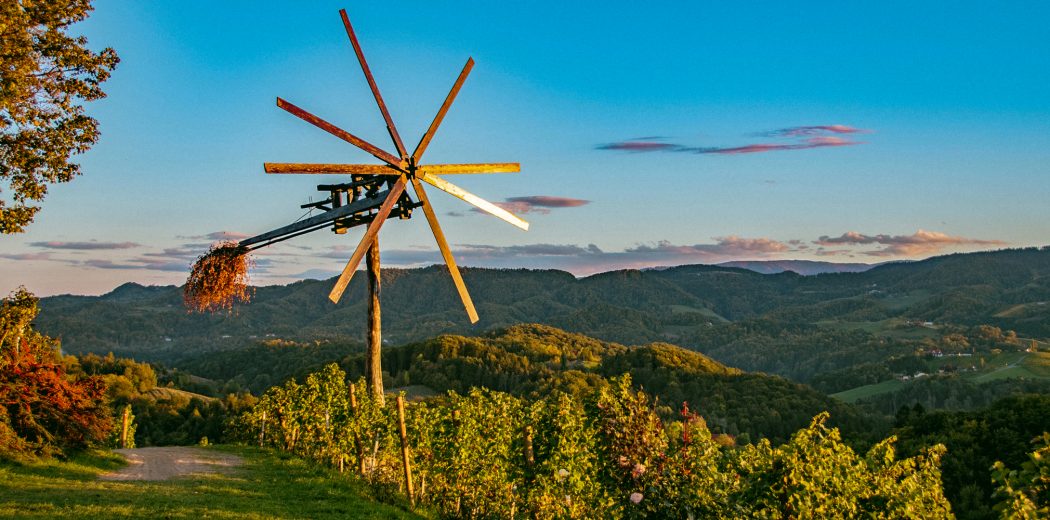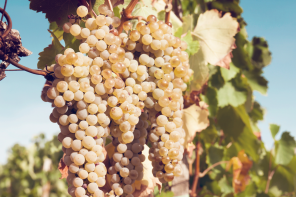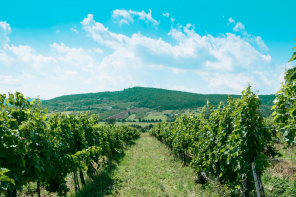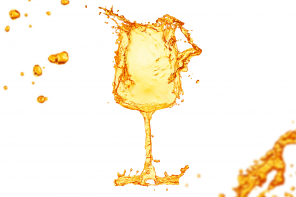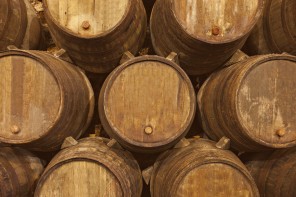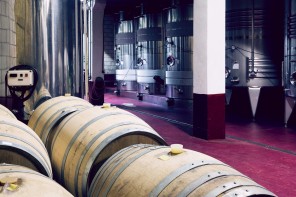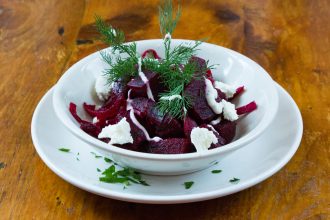Having an Australian boyfriend who has never known a white Christmas means spending the winter holidays chasing snow. This year, we ditched Australia’s heat and humidity for Christmas markets in Vienna and Ljubljana. We arrived ready for schnitzel, strudel and whatever hot alcoholic beverage we could get to ward off the near-freezing temperatures. Especially in Slovenia, wine was the last thing on our minds.
Purely to get out of the rain, we stumbled into a wine shop in Ljubljana, where the shop owner was quick to show us how wrong we were to discount the area’s viticulture. Slovenia prides itself as being one of the oldest, and best, wine regions in the world, even if it’s relatively unknown. We sampled Refosco, a local variety, as well as a locally-grown Cabernet Sauvignon — needless to say, we didn’t stop at one glass.
Slovenia consists of three regions and grows around 50 different varietals. Thanks to a diverse range of soil and climate, Slovenian wine runs the gamut from red to rosé to white to sparkling.
Primorska
Situated in the southwest near both the Mediterranean and the Alps, the most well-known region is sometimes called the Slovenian California. Primorska, which means “the one by the sea,” is known for its reds, but don’t discount its whites.
White Rebula is beloved for its versatility, but all wines produced from it will share a freshness, a high level of acidity, and hints of vanilla and almond. For something on the floral side, try Vitovska Grganja. The rare white varietal — there are only 66 hectares dedicated to it throughout Slovenia and Italy combined — means “the Knights Grape.” Expect notes of peaches and white blossoms with a honey aftertaste.
Podravje
Tumbling with hills, the cooler Podravje region has earned a reputation for its whites, which account for 95 percent of what it produces. A typical example would be Ranfol, which is versatile, great for summer and no stranger to blends. Podravje is also home to Blauer Kölner, or Black Velvet, which is one of Slovenia’s oldest vines.
A Blauer Kölner vine actually happens to be the world’s oldest vine: it grows in Maribor and is over 400 years old, surviving the phylloxera epidemic, Napoleon’s invasions and both world wars. To get your hands on one of the limited numbers of bottles it produces isn’t just a matter of being a devoted oenophile: the honor is usually only extended to politicians, popes and celebrities.
Posavje
It might be spelled similarly to Podravje, but the country’s smallest region teems with valleys and slopes, and terroir that varies from vineyard to vineyard (a perfect excuse to stop by as many as possible). No matter your preference, you’ll most likely find something to suit you. However, don’t pass up on Cviček, as it’s thought to best capture the area’s spirit.
Formerly considered to be a sour, unattractive wine, it’s had a resurgence of popularity amongst both Slovenians and tourists. A blend of various reds and whites, it has a light hue and is driven by red fruit. Fun fact: Cviček is the only wine in the world besides Chianti that consists of both red and white grapes.
Slovenia’s wine regions deserve far more attention than they receive, as does the country in general. A wino’s fantasy, within its picturesque landscape you can find delicious, accessible wines at reasonable prices with the added bonus of being able to pull out a bottle of Pinela at your next wine and cheese night. Trust us. Everyone will be impressed.

